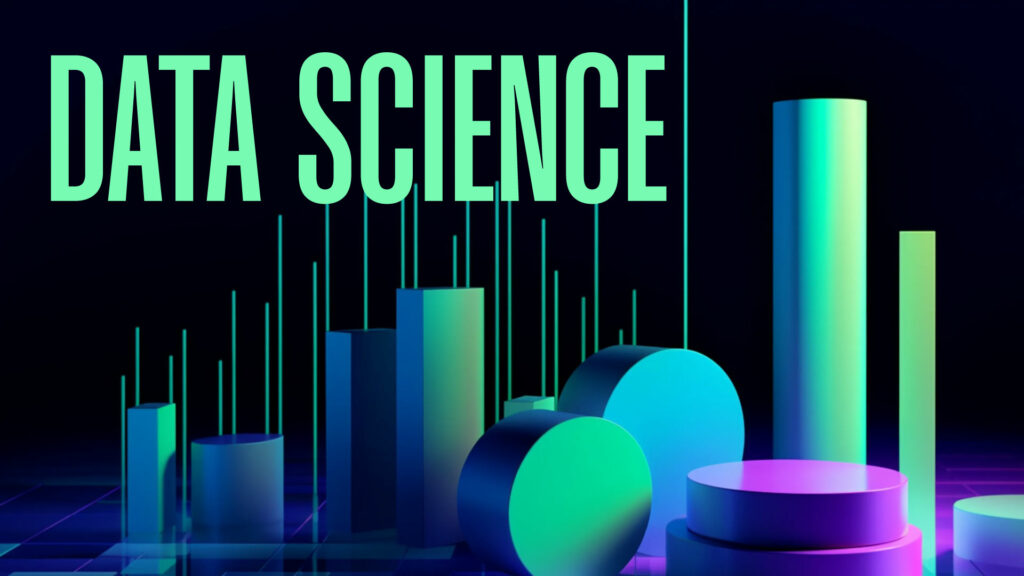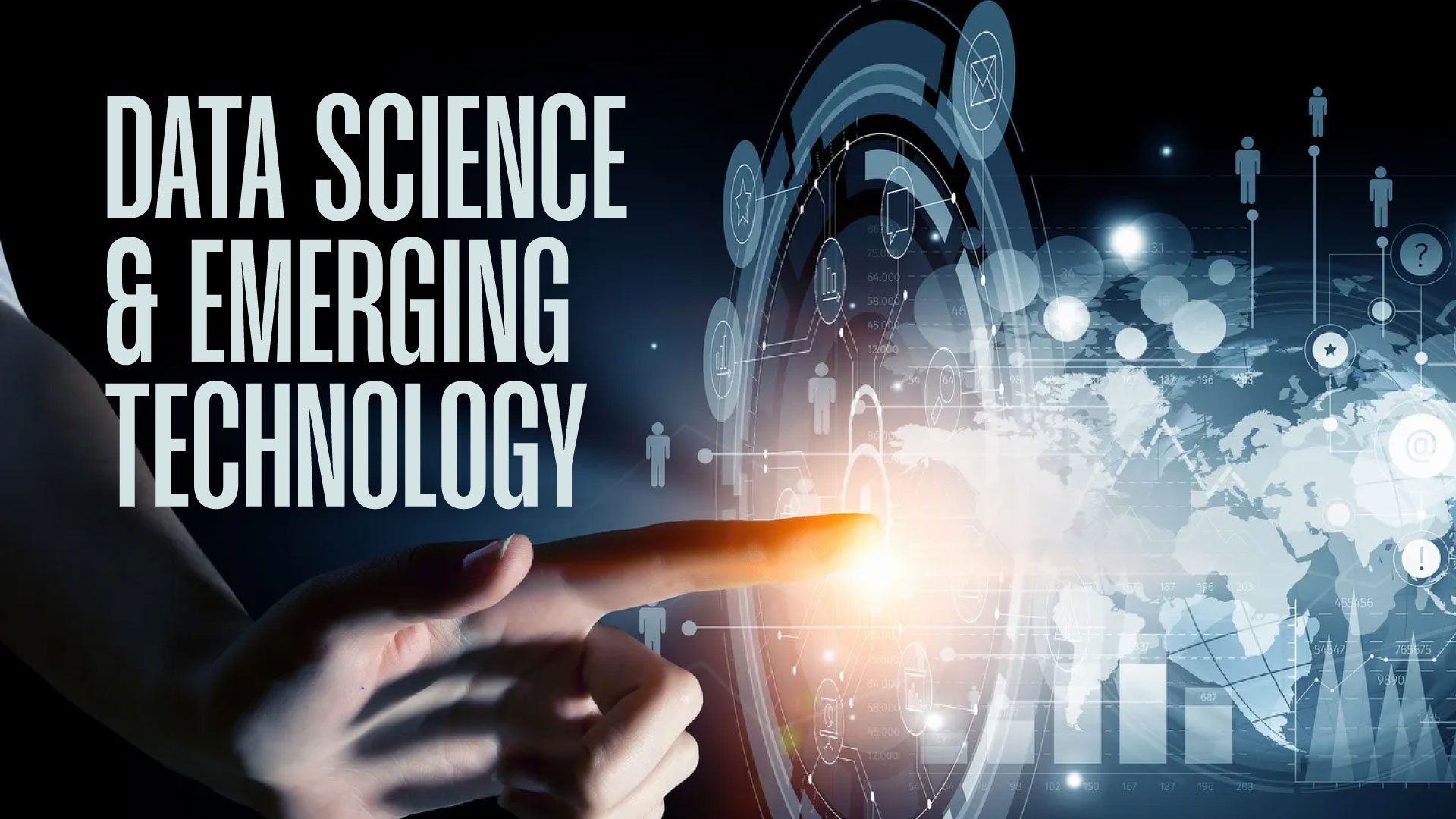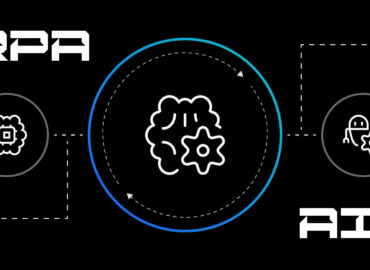Data science and its technological growth
Introduction
Information technology has grown exponentially, with new branches emerging at a fast pace. It has brought revolution and a multi-solution approach to the digital problems of today. Businesses in the modern era are driven by the latest technology and their success depends heavily on it. To compete in this race, data is analyzed to provide a strong prediction so that present as well as future investments are made wisely. To make such an accurate analysis, various tools are utilized, and for that, data science is introduced. This new discipline uses many techniques and strategies to provide prescient solutions.
Following is a brief description of the function of data science, its tools, and its role in technological growth.

What is Data science?
Data science is an interdisciplinary field involving statistics, mathematical calculations, programming, and artificial intelligence to provide business insights. This multifaceted approach helps in making strong predictions and helps in the decision-making process. With the immense amount of data, it is essential to organize and collect it. Data science is one of the most appealing disciplines today. Data science has a complete lifestyle to carry out the insight process. Such as:
1. Data Ingestion
This is the first step, which involves collecting all unstructured and structured data. The data can be collected from various sources, such as social media or manual input. Data can be sourced from already stored data, web scraping, social media, any audio or picture, etc.
2. Data Processing
This step involves organizing and storing data by processing it into respective categories. Data managers clean, transform, and combine the necessary data based on their relative type. Then the data is prepared to be stored in data deposits after quality is ensured.
3. Data Analysis
Afterward, the data is thoroughly examined to analyze patterns or biases. Then the data is hypothesized to further test it and procure results. Then the data model is prepared to make a prediction, given its accuracy.
4. Result
Finally, data insights are provided in reports, charts, and graphs. This visualization technique is essential for discerning the data and making decisions accordingly.
How does Data science work?
Data science works by incorporating programming languages such as Python, R Studio, Github, etc. These pre-built and open-source frameworks help in analysing data and statistical models. In addition, comprehensive interfaces like SAAS and SPSS are used to report and mine data, including many algorithms. Data processing platforms and databases are used, such as Apache, Spark, and NoSQL, to gain an acute analysis. AI is also being incorporated to enhance the quality of data analysis and make strong predictions.
Data science and emerging technology
Data science has changed the trajectory of businesses through predictive insights. The capacity to analyze and process large sums of data has transformed big data. Data science has also deployed artificial intelligence to scan data. A brief analysis of its role in emerging technology is given as follows:
1. Text Mining
This involves scraping or extracting all textual information from articles, documents and research papers. By using natural language processing, data is analyzed using relative keywords. This text-based data can be extracted from all the sources provided. In healthcare systems, patient records can be scrutinized using this technique.
2. Internet of Things (IoT)
IoT data science technology incorporated with electronic devices, software, and sensors helps in creating alerts. Basically, this exchange of information via internet devices helps in predicting failures, faults, and drawbacks in systems.
3. Streaming Analytics
In this process, data is provided using real-time analysis instead of batch processing. It highlights and detects the faults before the system malfunctions. In this way, there is a proactive approach instead of a reactive approach to data analysis. Such analysis is helpful in weather forecasting, healthcare systems, or radar images by identifying patterns.
4. Machine Learning
This is a more advanced approach to analyzing data, as it does not involve giving instructions. Machine learning involves gathering patterns and producing predictive results, mostly in healthcare. A patient’s medical record can tell about future diseases, such as strokes or tumour detection. Machine learning works both through supervised and unsupervised learning. Supervised learning involves giving input and then getting output. While unsupervised learning correlates patterns to give a predictive result.
5. Decision Intelligence
In collaboration with artificial intelligence, decision intelligence can effectively analyze the pros and cons of the provided data. Mainly, it collects the interaction, web page traffic, and digital footprint to get an overview of the business trajectory. It helps in providing feedback regarding business services and improving customer interaction to enhance revenue.
Conclusion
Data science is prevalent in every organization and is transforming the traditional business landscape. Nonetheless, data science needs improvement for better deployment in various departments. Along with machine learning, it will enhance the efficiency and productivity of work. Data science will surely bridge the gap between computer sciences and new trends with its intuitive approach. Frequent evolution in the data science field will bring immense promise for future technology.







